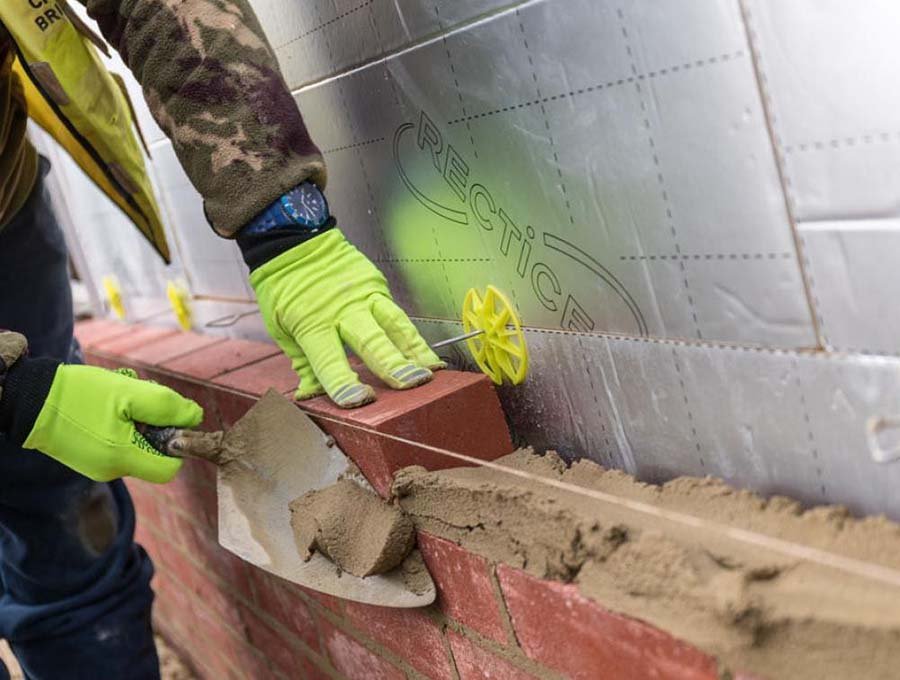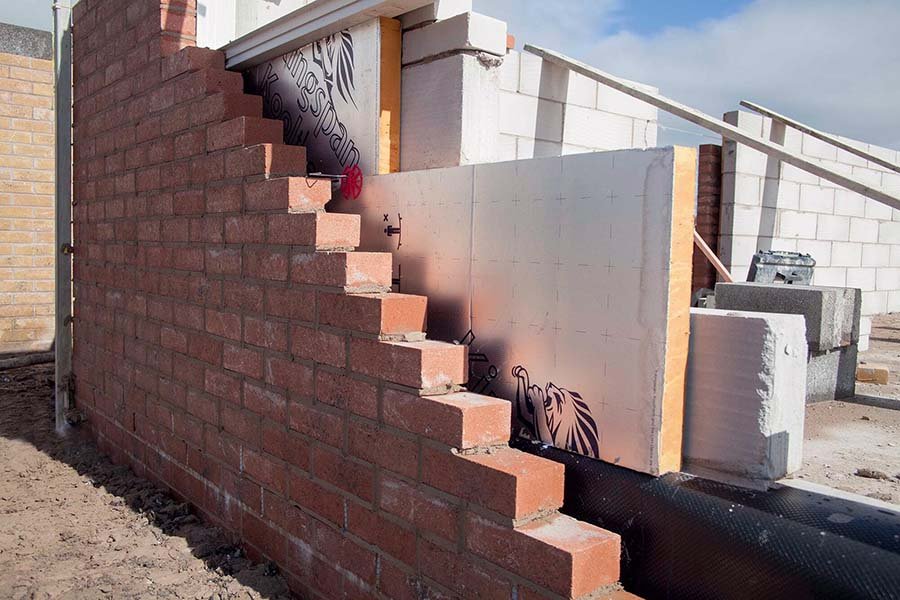If you’re building a new home or renovating an existing one, it’s important to have a proper understanding of insulation and its role in keeping the space where you’ll spend a good part of your life warm and energy efficient. Good insulation helps lower energy bills, improve comfort, and protect the environment by reducing greenhouse gas emissions.
At some point or another in your research, you probably came across PIR and wondered whether it’s as good a solution as everyone says it is. Polyisocyanurate insulation, also referred to as PIR, is an option that has gained popularity in recent years due to its high performance and versatility. In this article, we will provide an overview of PIR insulation, explain how it works, and highlight the benefits of using it in your home.
Table of Contents
What Is PIR?
It is a type of insulation made of a foam substance formed by mixing polyol and isocyanate. After that, a blowing agent is applied to the foam, which produces a cellular structure that acts as an insulator. As a result, PIR is a popular solution for walls, roofs, and floors due to its exceptional thermal performance.
PIR’s low thermal conductivity makes it an effective insulator, while its high R-value (a measure of thermal resistance) ensures that it retains its insulating properties over time. It also has low vapour permeability, which helps prevent condensation and maintain a healthy indoor environment.
The thickness options for this sort of insulation range from 25 and 40 mm as the thinnest options, to 200 mm boards. The 90mm PIR insulation boards are the most commonly used options. They are typically installed in walls, roofs, and floors to improve the thermal performance of a building and reduce heat loss.
The 90mm PIR insulation provides a high level of thermal performance, making it suitable for use in areas with high heat loss such as attic spaces, pitched roofs, and external walls. It is also often found in commercial and industrial building applications.
The individual application and required level of insulation will determine the optimum thickness. But more on that later.
Advantages for UK Homeowners
This type of insulating material has several advantages for UK homeowners, including:
High Energy Efficiency
PIR helps reduce energy bills by reducing heat loss in the winter and heat gain in the summer. It can help lower energy consumption by up to 40%, which can result in significant savings on energy bills over time.
Durability
PIR is highly resistant to dampness, decay and pests, making it a durable option for the UK climate. Additionally, it has high fire resistance and doesn’t create toxic gases in the event of a fire.
Easy to Install
PIR boards are easy to install and can be fitted into tight spaces, making them a suitable option for retrofits. They’re lightweight and simple to use, making them perfect for do-it-yourself applications. Before installing these boards, homeowners should prepare the area by removing any existing insulation and ensuring that the surface is clean and dry.

Improved Comfort
For homeowners in the UK, this kind of insulation increases indoor comfort by lowering temperature variations. It contributes to maintaining a constant temperature throughout the house, which may enhance sleep and lessen stress.
But, How Does It Compare With Other Types of Insulation?
This is certainly a popular insulation choice in the UK, but it is not your only option. To get a better idea of whether it’s a good choice for you, this is how it compares with other commonly used options.
Fibreglass
Fibreglass is a commonly used insulation material that is widely available and easy to install. However, it is not as durable as PIR and it is more susceptible to moisture damage. It is also less effective at reducing heat loss compared to PIR.
Mineral Wool
Mineral wool is a durable material that is resistant to moisture, fire, and pests. However, it is more expensive than PIR insulation and can be difficult to install. It is also less effective at reducing heat loss compared to PIR.
Cellulose
Cellulose is a sustainable option made from recycled paper. It is an effective insulator but it is more susceptible to moisture damage than PIR insulation. It also requires more maintenance and can settle over time, reducing its effectiveness as an insulator.
Factors to Consider in Order to Choose the Right Thickness
Building Regulations
Building regulations in the UK dictate the minimum thickness of insulation required in new builds and renovations. Homeowners should consult with a professional installer to ensure that their choice meets the required standards.
Climate
The UK climate can vary widely, with some areas experiencing harsh winters and others experiencing milder temperatures. Homeowners should consider the climate in their area when choosing the thickness of their boards. For example, those living in areas with harsh winters may opt for thicker insulation to reduce heat loss.
Budget
The cost of PIR can vary widely depending on the thickness and the type of installation. Homeowners should consider their budget when choosing the thickness of their insulation, as thicker boards will typically cost more.

Energy Efficiency Goals
Homeowners who are looking to reduce their energy bills and carbon footprint should consider their energy efficiency goals when choosing the thickness of their insulation. A thicker board will provide better thermal performance and result in greater energy savings.
Use of Space
The use of a space can impact the choice of thickness. For example, areas with high heat loss, such as attics or uninsulated walls, may require thicker boards to reduce heat loss. Similarly, spaces that are not used frequently, such as garages or outbuildings, may not require as much thickness.
Examples of areas where different thicknesses are used (although this can vary depending on the building regulations and energy efficiency goals):
- Walls: Boards with a thickness of around 90-100mm are a good option for walls;
- Roofs: Since buildings lose a lot of energy through the roof, 150mm thick boards are typically installed here;
- Floors: Install boards with a thickness of around 70mm.
- Attics: Attics are areas most prone to heat loss and exposure to high humidity, leading to dampness and other problems. In this case, it’s recommended to use the thickest boards, those around 200 mm.
Final Word
In summary, PIR insulation is a highly effective, cost-efficient solution for improving the energy efficiency and comfort of your home. Don’t wait any longer and upgrade your home with PIR. You will enjoy the benefits of a more comfortable home and lower energy bills in no time!





